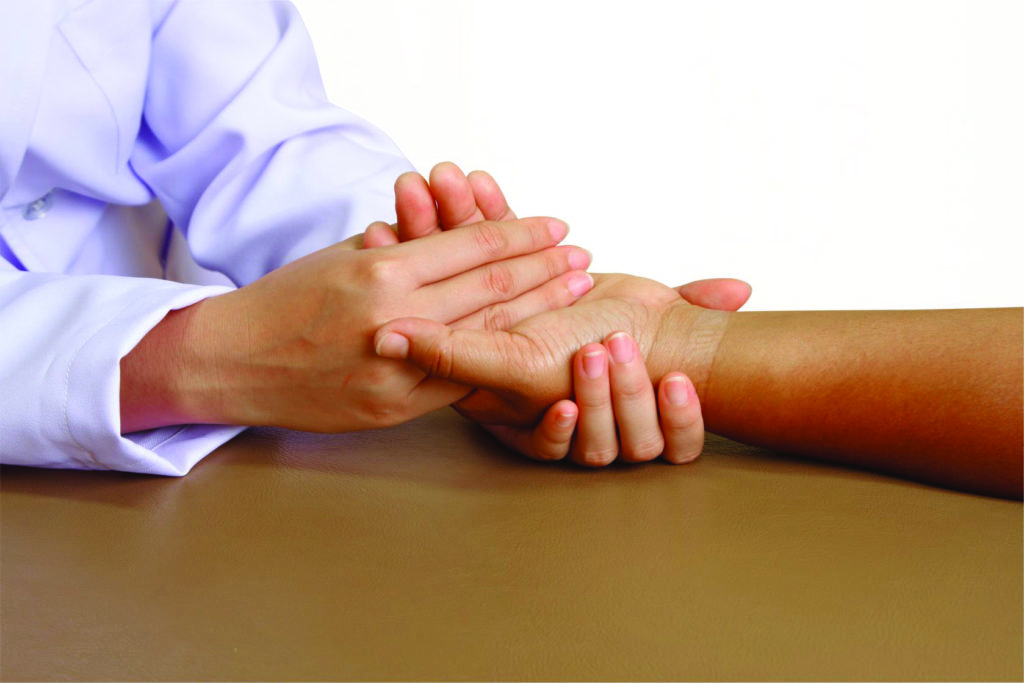Ever considered how many daily tasks require both hands?
Brain injury can affect one arm and hand more than the other...
If you or someone you love has lost the use of one hand due to brain injury, then you understand how difficult it can be to complete daily tasks.
You may have completed your inpatient and outpatient rehabilitation, but still not regained the usefulness of your more affected upper limb.
Have you tried Constraint Induced Movement Therapy? This may be the solution for you!
Will Constraint Induced Therapy be able to help me?
We provide an obligation free telephone discussion about whether this is right for you.

Is your upper limb weakness due to a brain injury?
Stroke?
Traumatic Brain Injury?
Multiple Sclerosis?
Acquired Brain Injury?
Cerebral Palsy?

Do you have some wrist and finger extension?
Can you lift a wash cloth up off the table and release it, with your more affected hand, three times in one minute? This demonstrates you have enough movement to begin therapy.
This is the most important criteria.

Are you willing to work towards your goals?
CI Therapy is an intensive program, focused on helping you achieve the greatest independence and best functional outcome for your situation.
The evidence demonstrates a total of 30 hours of therapy is optimal.
We recommend CI Therapy be completed in a 2-3 week period.
CI Therapy is intensive, however we are there to help and support you to achieve your goals!

Have you ever read this book?
In his book, Dr Norman Doidge writes stories of where neuroplasticity can help people. Until recently scientists believed our brains only changed during childhood and became fixed in adulthood. Now we know our brains continue to change throughout our lifetime. Neuroplasticity is the name scientists give this process, where our brains re-wire based upon what we learn and experience. This book tells the story of Constraint Induced Movement Therapy: how Prof Edward Taub faced many challenges while trying to find a way to treat stroke more effectively. Prof Taub named it Constraint Induced Movement Therapy or CI Therapy / CIMT for short.